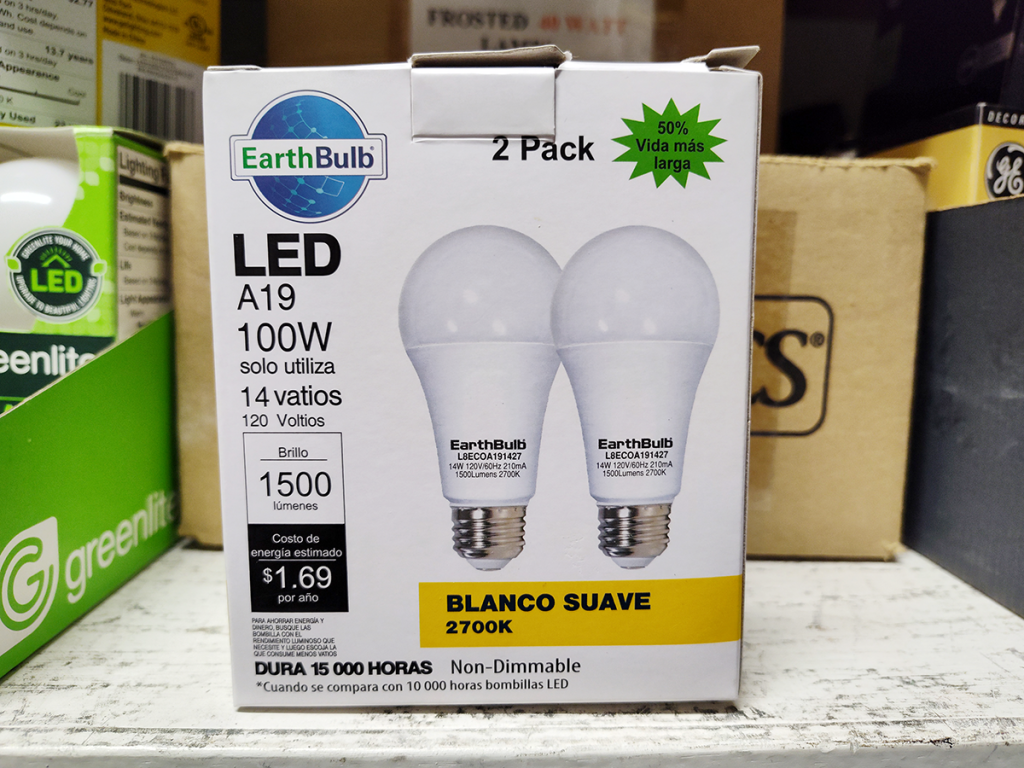
Sure, the other side says soft white, but let’s be honest: blanco suave sounds way, way better.
Discoveries in the Physics & Astronomy shop | Science, curiosities, and surprises

Sure, the other side says soft white, but let’s be honest: blanco suave sounds way, way better.
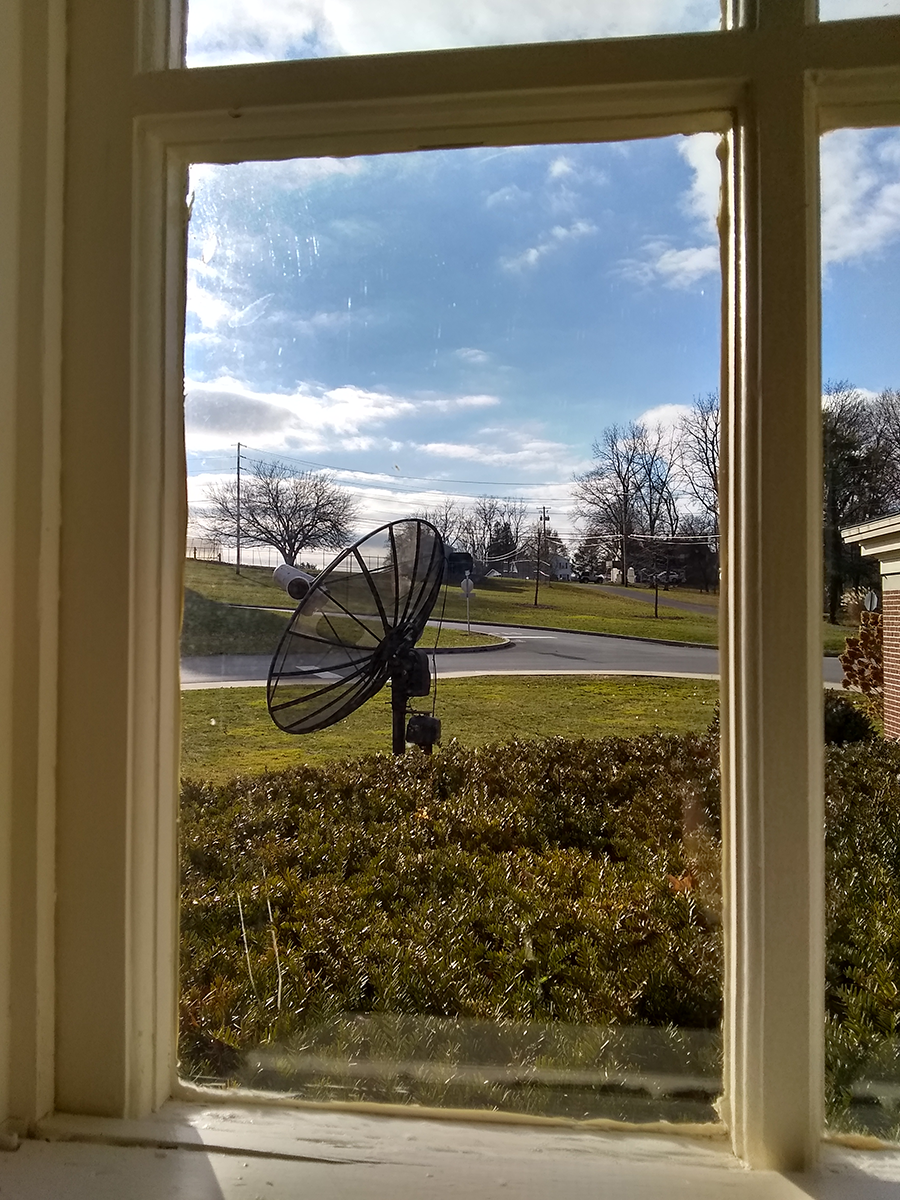
At the Observatory, we have a well-loved Small Radio Telescope, an older version of the one available from MIT’s Haystack Observatory. It’s an educational tool, suitable for undergraduates, which offers one charming advantage over our other, visual telescopes:
You can operate it comfortably from the climate-controlled building interior, conducting your radio observations in almost any weather.
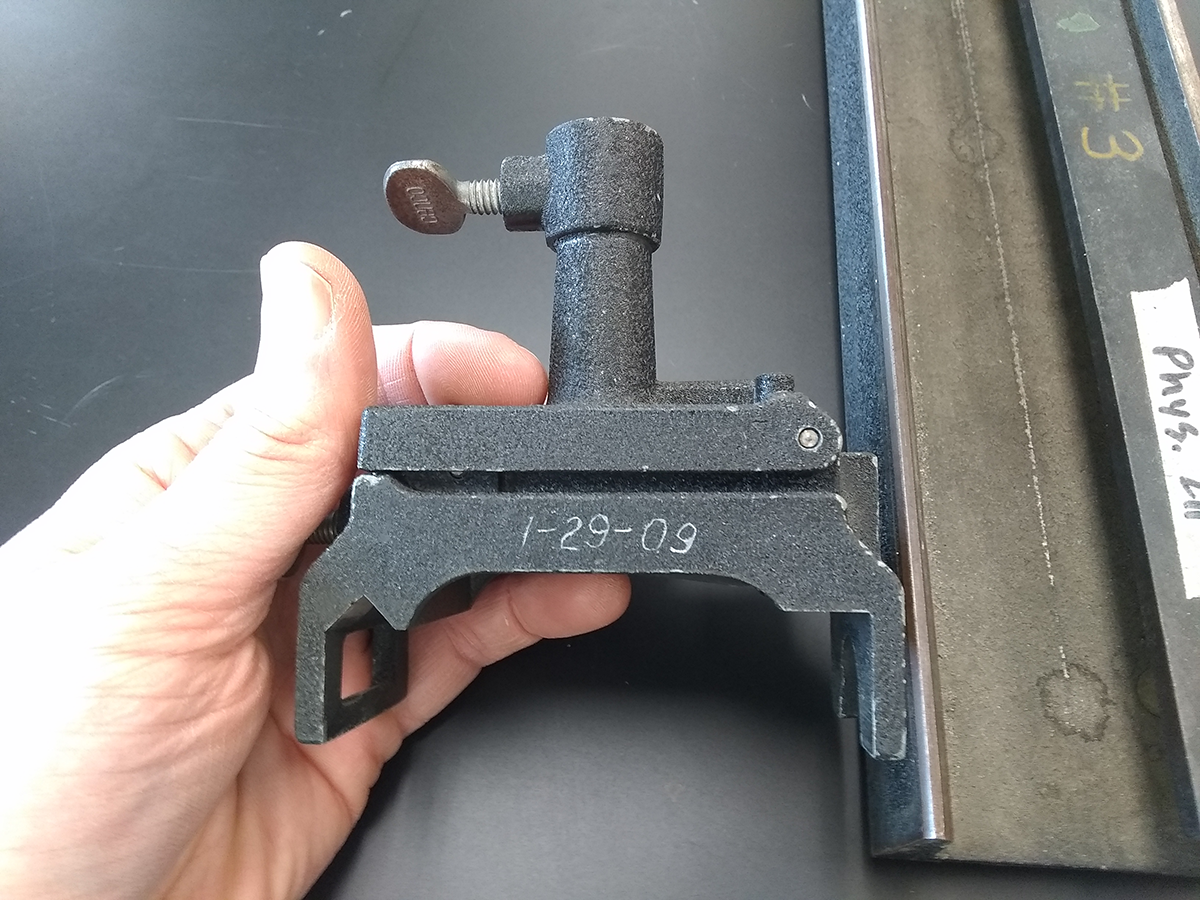
It can be a real pleasure to find old objects lying around, with their dates of acquisition marked on the side. January 29th, ’09!
Which ’09, exactly?
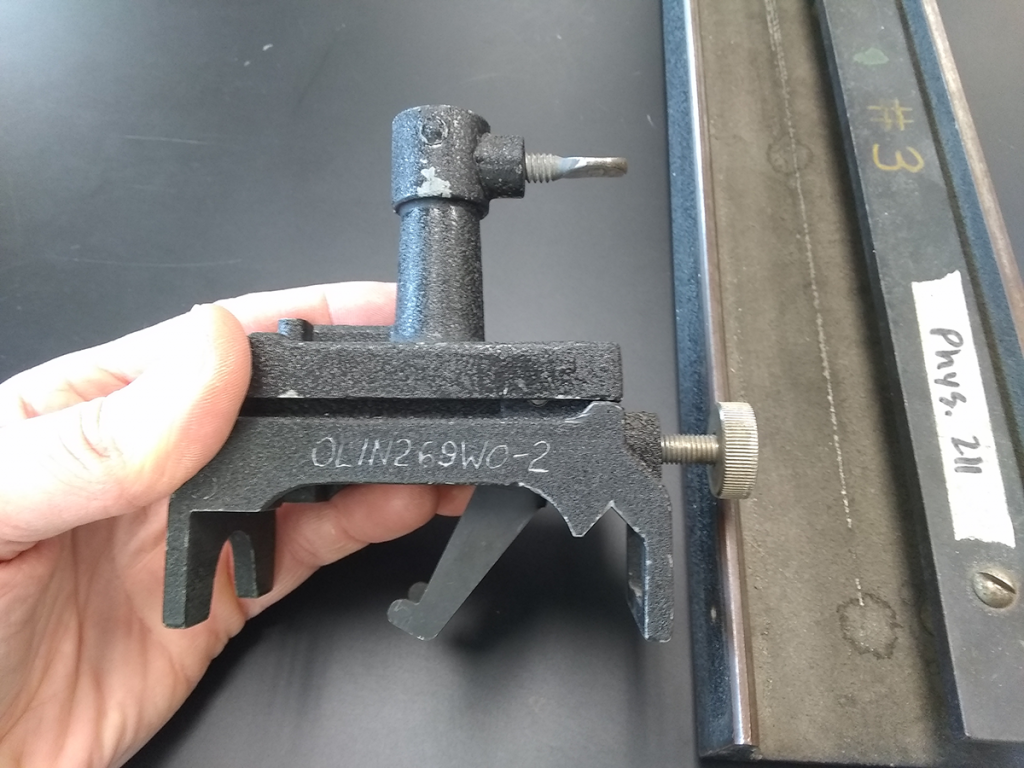
Olin Science Building was constructed in 1954, so it’s doubtful this particular post holder dates back to 1909. Especially as the lettering on both sides matches up.
So we were still purchasing equipment for the old, cast-iron optics rails as recently as 15 years ago? Wow.
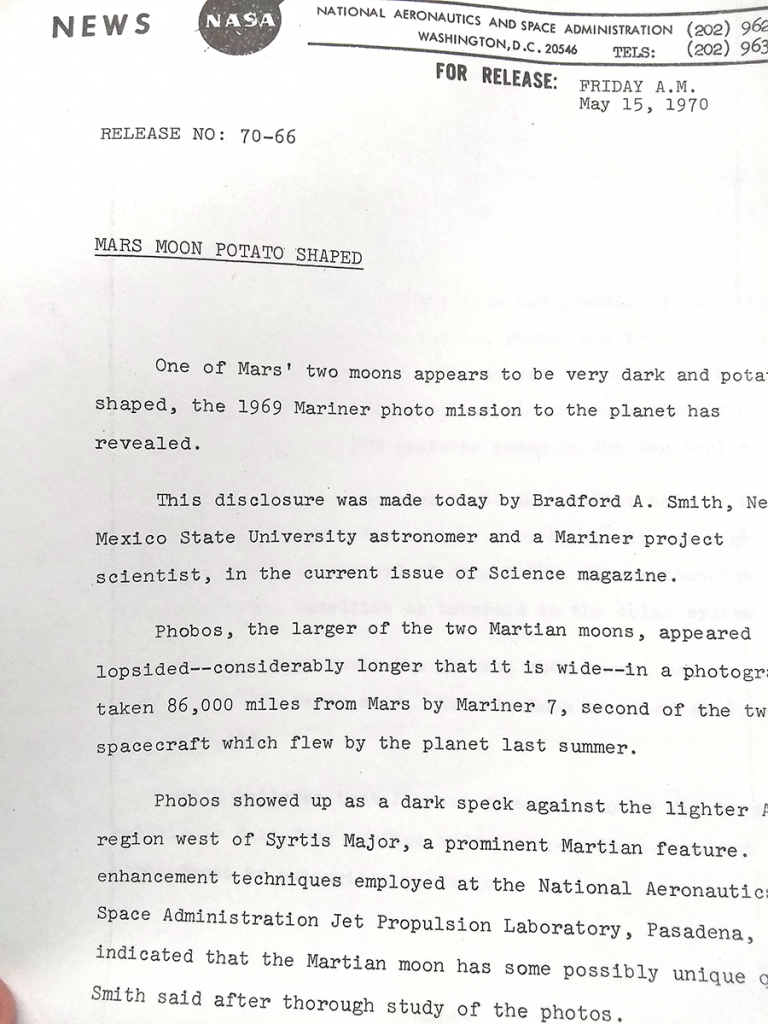
“Potato” isn’t a shape, it’s a lack of shape.
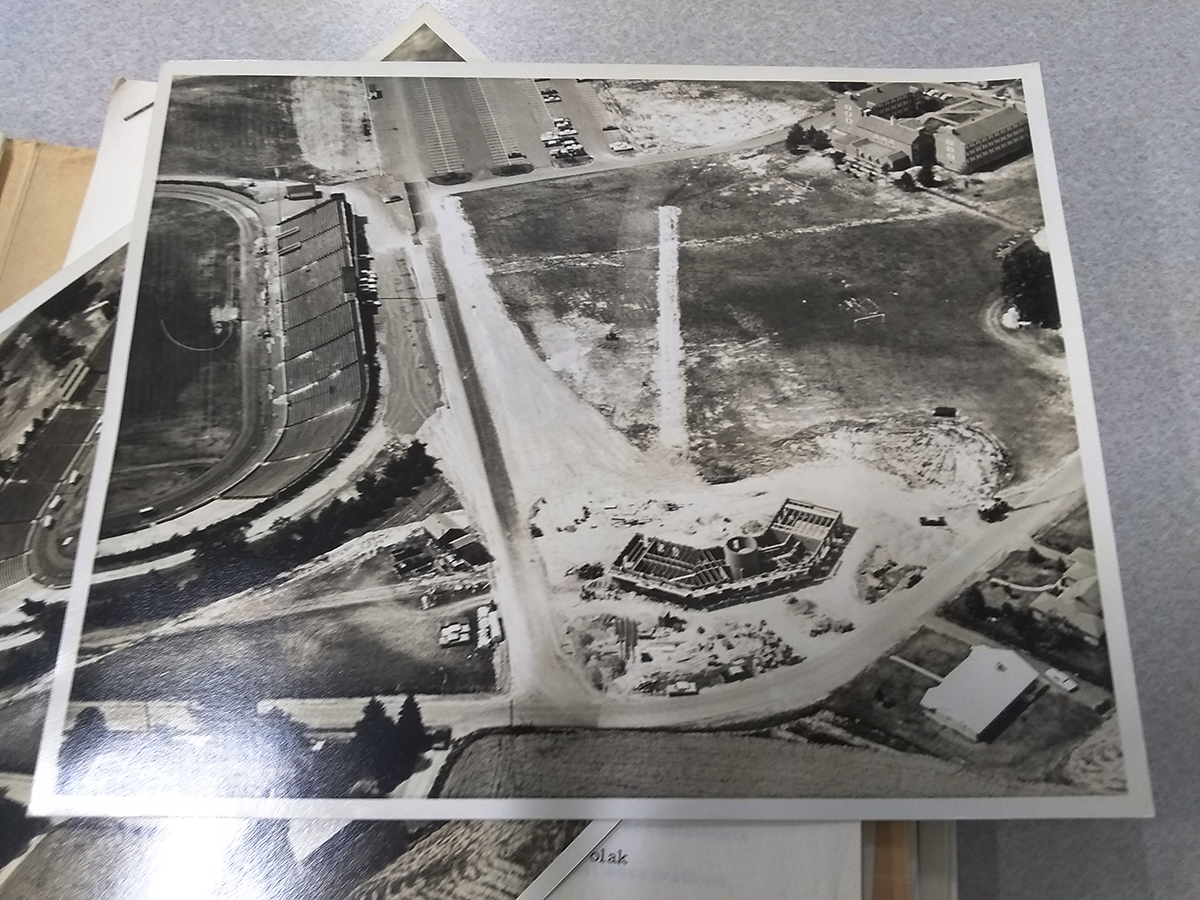
Six decades ago, there wasn’t much on the south end of campus, making it an ideal place for the new Observatory. Relatively calm, not much to block the view, and few sources of nearby light pollution. A lot can change in that time.
Today’s maples and oaks – not pictured, because they were maybe saplings? – are now large enough that they block some low areas of observation and are losing limbs due to disease and age. The stadium has been wreathed by parking lots and festooned with high-intensity lights. Campus buildings have crept southward, surrounding the site. Lewisburg and its surroundings have developed, installed more nighttime lighting, and the sky has grown brighter, obscuring more of the night sky.
Clouds, however: they’re here as much as they ever were. Oh, central Pennsylvania.

Some days, you just get lucky.
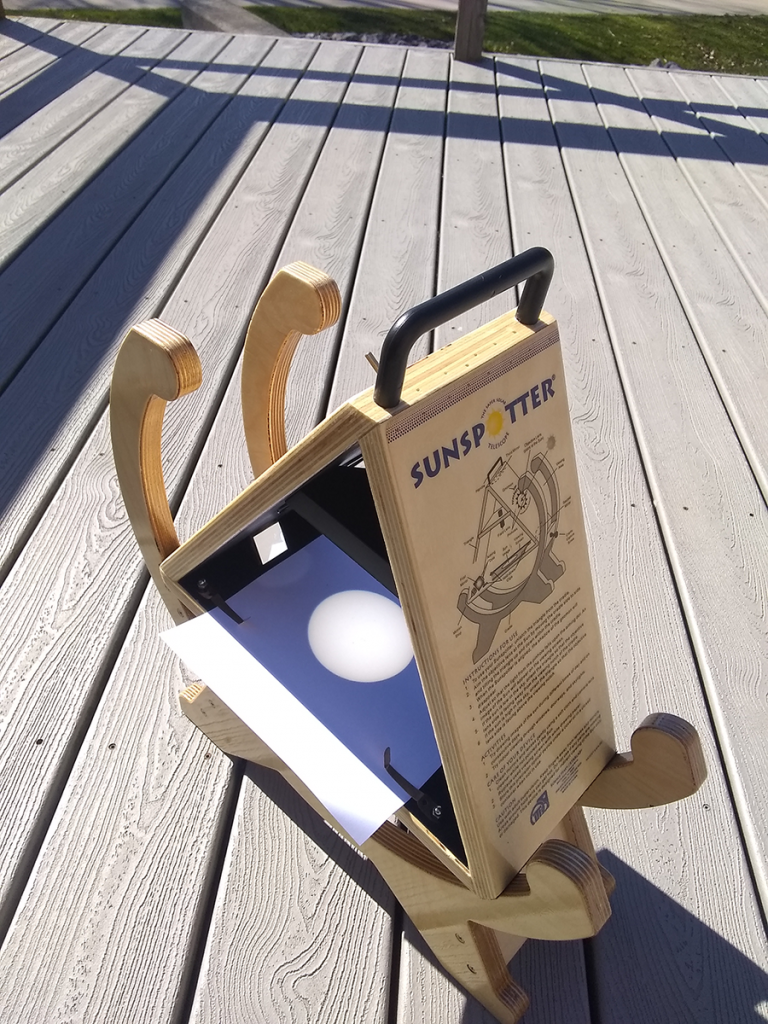
There’s a total solar eclipse coming across North America shortly. Weather permitting, make sure you take a little time to appreciate it!
With a little luck, we’ll be watching that little circle disappear, bit by bit, awaiting a little magic.
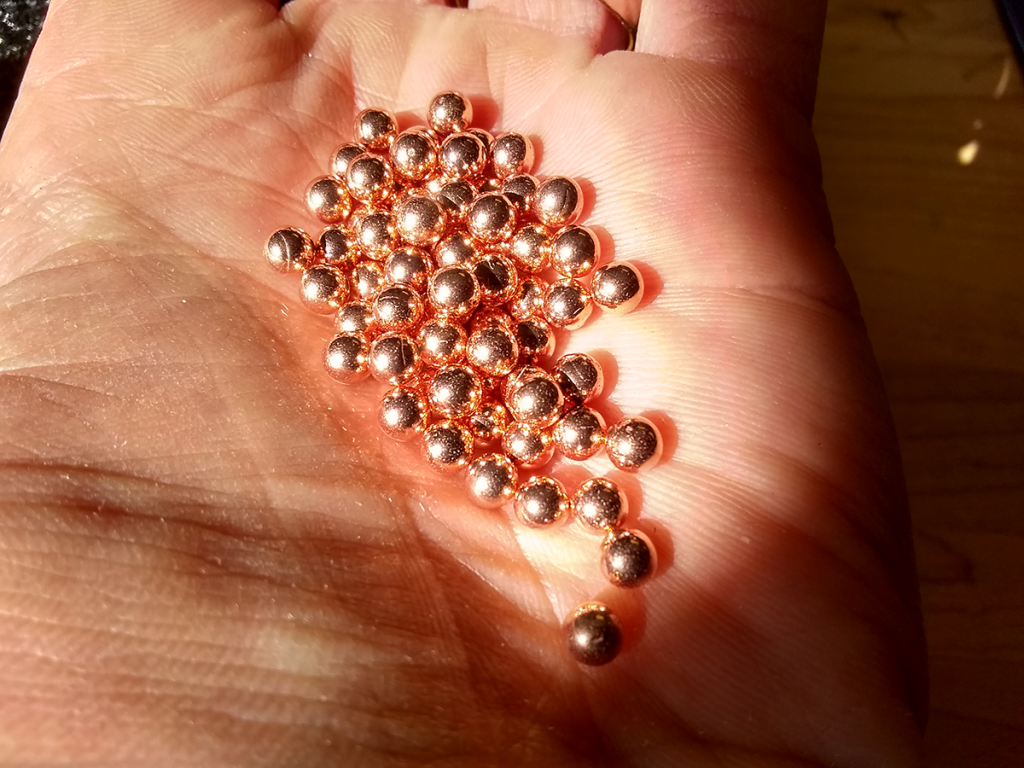
Copper-coated steel BBs, used in several different labs throughout physics and astronomy. Like many of the odds and ends we use for labs and demonstrations, these aren’t used as intended by the manufacturer. In this case, one can only imagine that off-label use is actually safer.
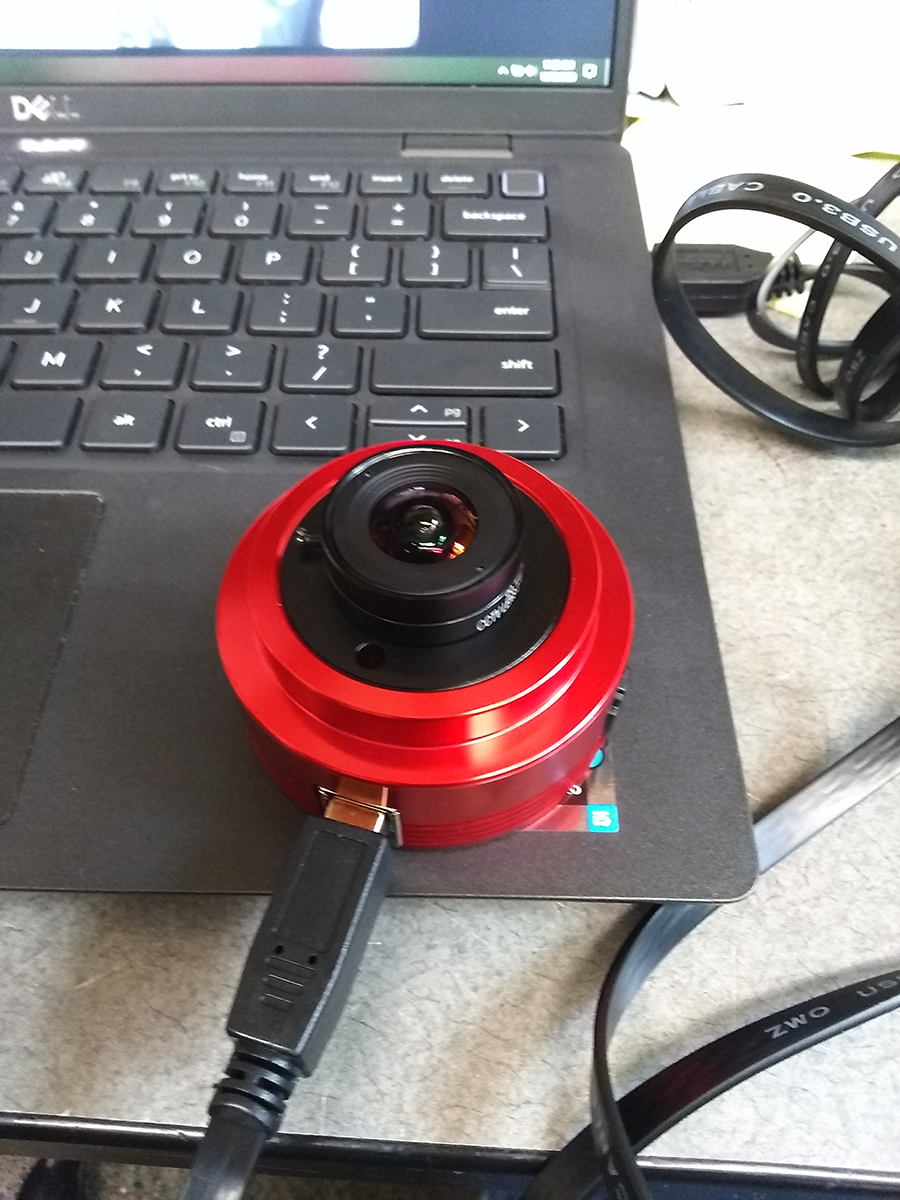
New semester, new classes, same old, same old around the shop. It’s not that we don’t notice the passage of time, just more that we’ve always got stuff to do. Things to sort out. Odd gizmos to tinker with.
Such as this wee little astronomy camera. (Much bigger than the camera portion of your phone, of course.) It’s a planetary camera, meaning it’s capable of a high framerate, even in low-light conditions. Unlike stars, which are effectively point sources, planets have visual size and even detail given reasonable magnification. Cool, right?
Of course, there’s this pesky but essential-for-life atmosphere in the way, and the visual wobbliness it produces – known as seeing – can make some photographs of Jupiter look like you’re peering at it from the bottom of a turbulent lake. Nicht so gut.
The simplest solution is to take a lot of pictures, sometimes compiled as a video, and select the very best ones, those moments in time when the seeing was perfect.
Of course, these cameras also work for other purposes, such as all-sky cameras to check for cloud cover at a remote location, or for meteor activity when you’d rather get some shuteye. Or, for kicks, to see one’s office through a fisheye lens.
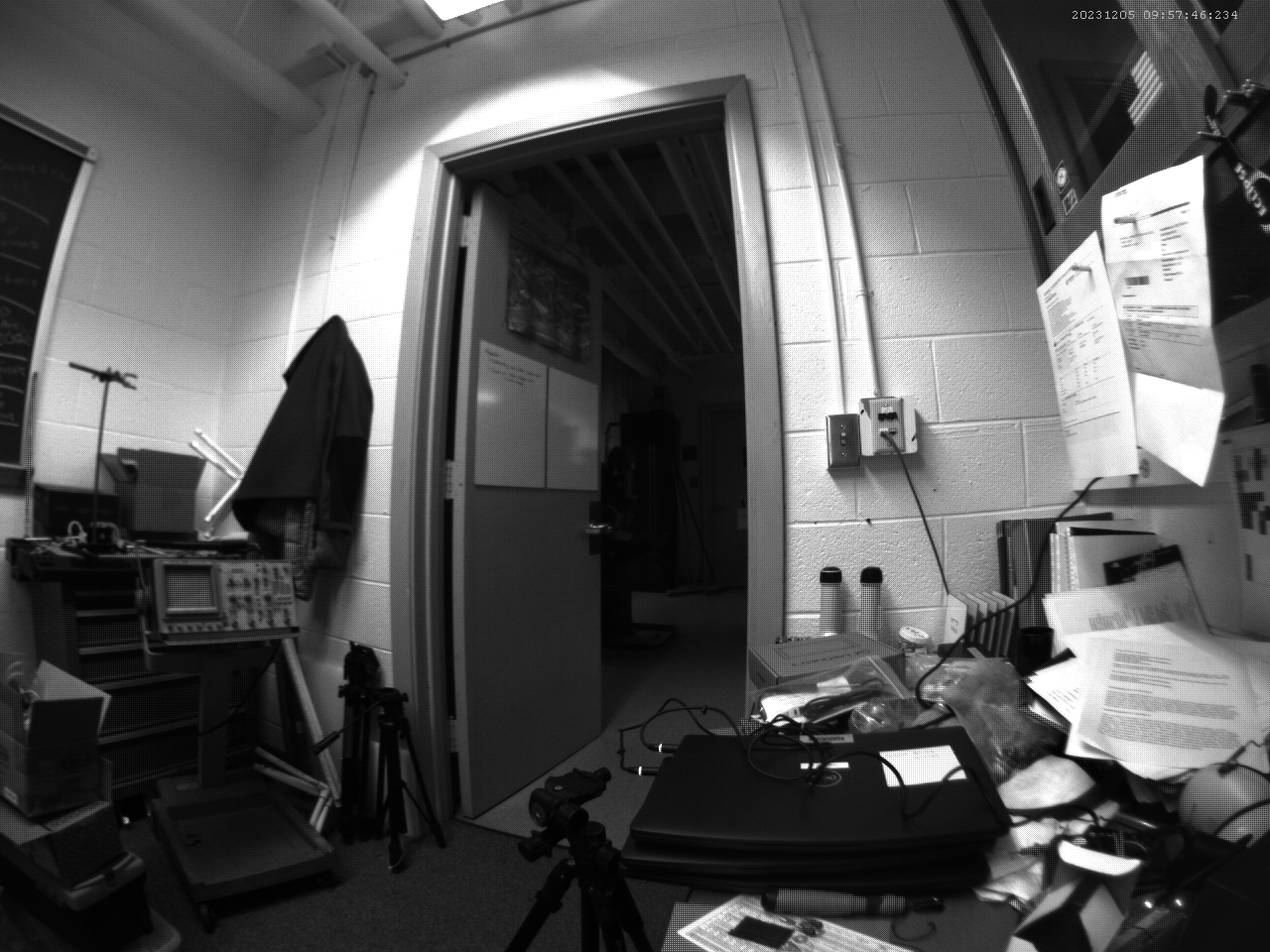
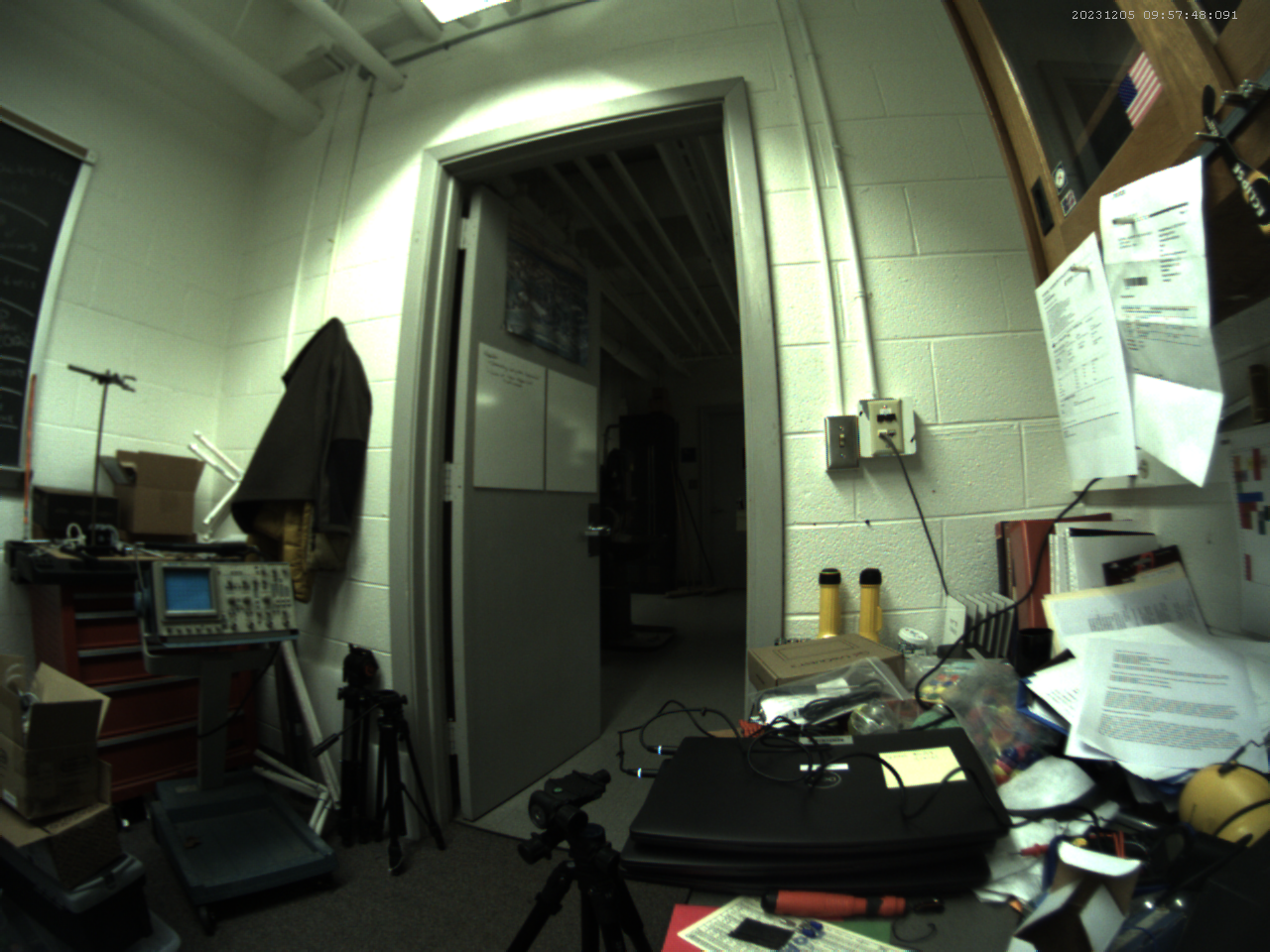
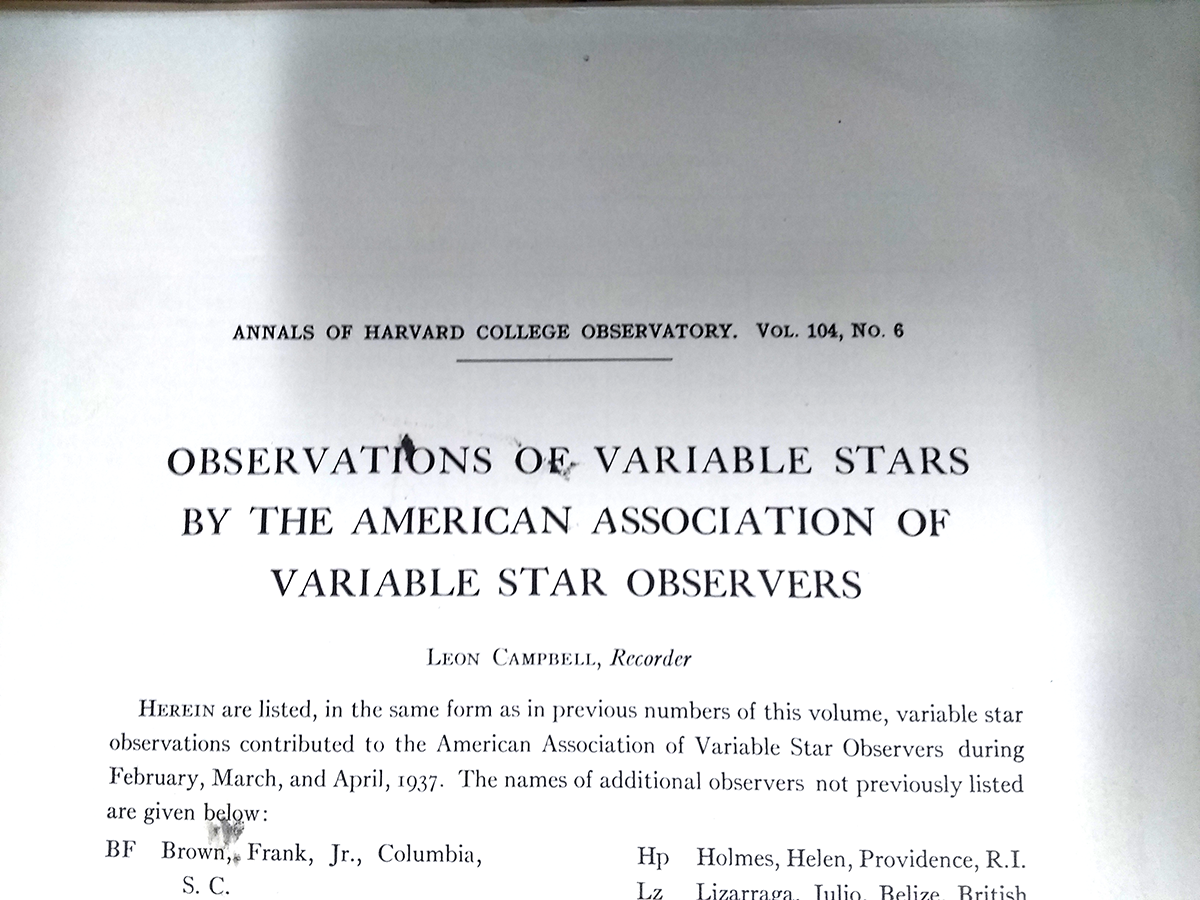
“Observations of Variable Stars by the American Association of Variable Star Observers”
One would expect there’s no better-qualified group for the task.